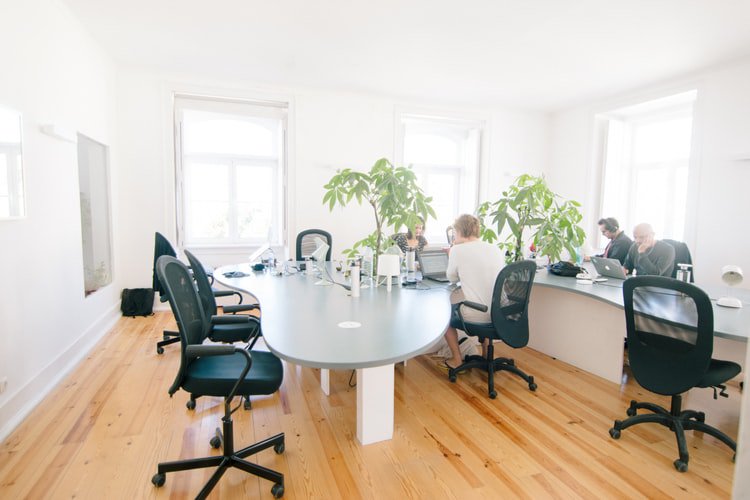From work from home to pay cuts, lay offs to losing our jobs, the Covid-19 pandemic has changed everything about the way we work and used our workspaces. While all of us are struggling to maintain our work life balance in the lockdown, we are also anxious about returning to our offices. A lot has been changed yet a lot to be changed. This is how our work will change.
1. Work from home might become a new normal
The lockdown has ensured that the majority of companies around the world would at least consider remote working or work from home facilities for their employees. Even companies strictly against remote working had to consider the practice because of the lockdown. People have seen that this can work and working from home does not necessarily have to be less productive.
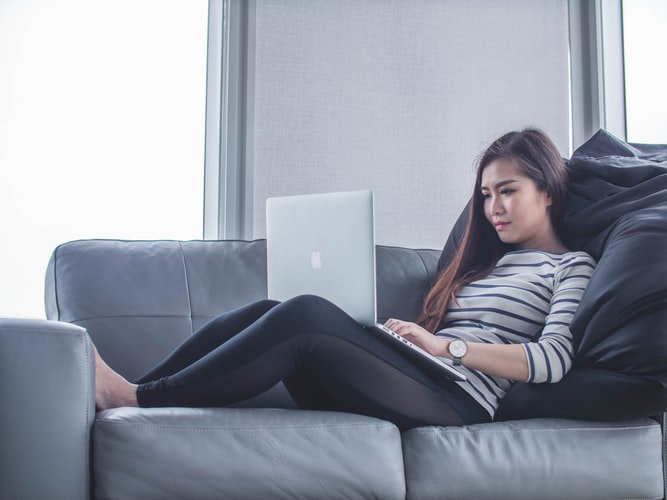
That’s the reason Twitter recently announced to let its employees work from home forever if they chose to and they will be paid like a normal working day. Professionals will still want to be connected and have an office to go to but they will also want this working from home flexibility much more than before. Indian professionals will be more efficient working from home as firstly they don’t have to sit in traffic and any cumbersome commute time is removed.
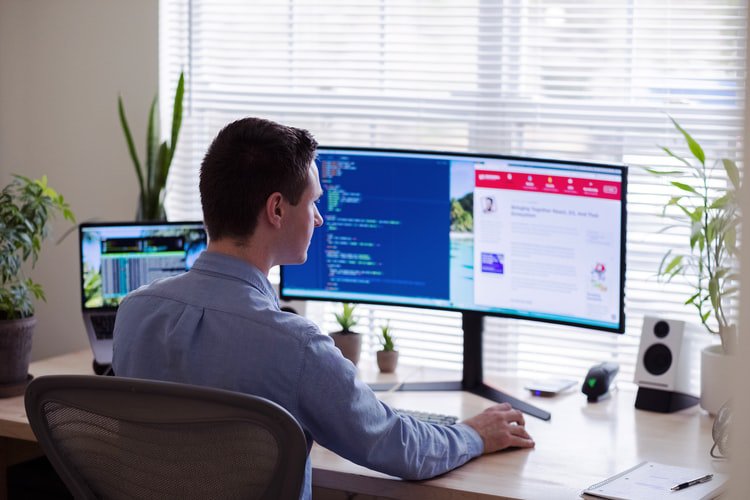
2. People have realised that the 9 to 5 schedule is a myth
As businesses give employees more flexibility over their schedules to manage lockdown conditions, they are realising that the idea of 9 to 5 being the effective way is massively outdated. People are realising that productivity profiles are more personal.
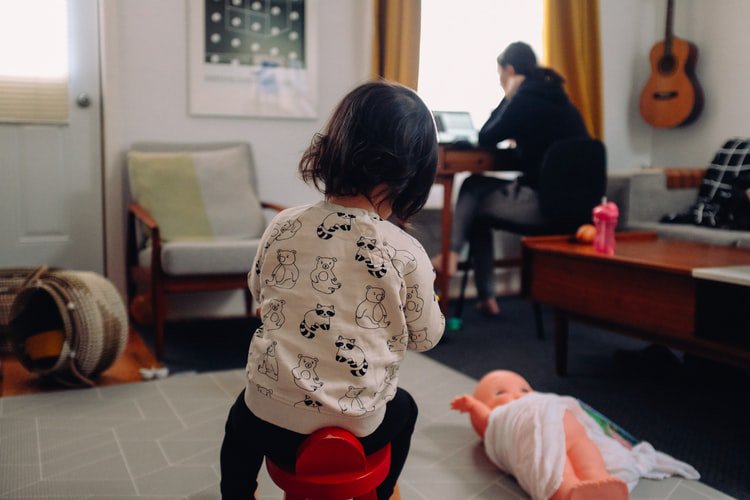
Some people work better in the morning, others at night, and by breaking these time constraints, a business can actually help make employees more productive.

3. People are more likely to shift their focus to a job that won’t be affected by such pandemics
In times like this, it has become important for people with financial commitments such as children’s education fees or mortgage on a family home. Where we will still see some appetite to move jobs is in the healthcare and life sciences and technology industries.
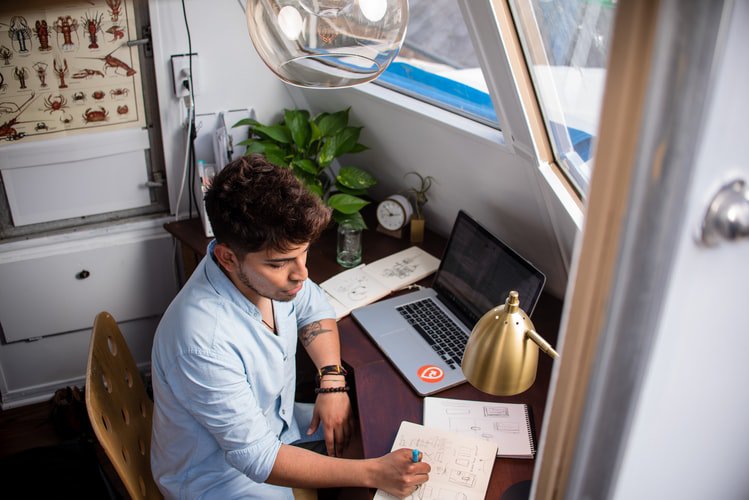
Considering these sectors have been recognised the least impacted by the pandemic, the candidates will have more certainty around the long-term prospects of companies in these industries. In particular, candidates in job types such as digital analytics and data science will be more open to switching roles.
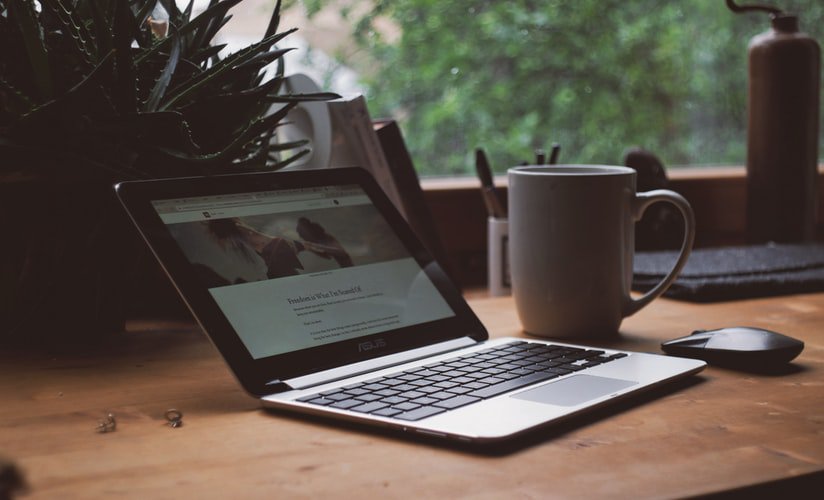
4. There will be a big change in the office policies
As the time comes to get the employees back to the office space, the employers and the companies will have to ensure its employee’s safety. The most important aspect of this will be the company’s investment into health and safety measures. This will not be limited to taking temperature checks upon entry into the office, investing in advanced cleaning services, managing flow of people to avoid congregations, revising seating plans, limiting time spent in conference rooms, and adjusting sickness policies.
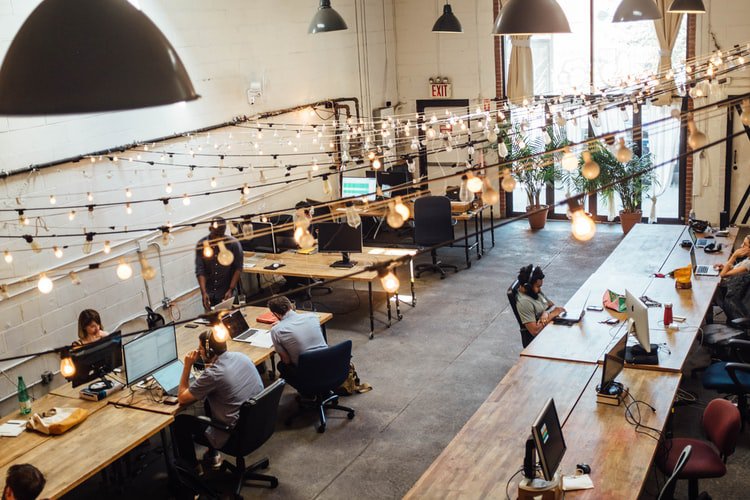
Beyond that, organisations need to consider how they can get supply chains up and running again in a safe manner, while determining what their exit strategies would be should someone in the workplace test positive for Covid-19. There is a final, crucial part of this that no one is talking about, and that is how do you manage perception of safety in the workplace so that employees feel comfortable returning?
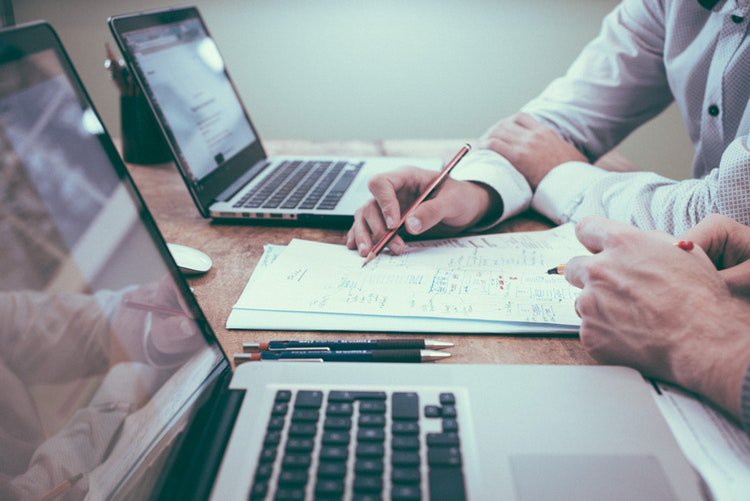
5. We might need to give up our cool cubicle free office spaces.
After a few decades of cubicles and a confined workspace, the open office became the norm. Different types of furniture, which demarcated different spaces of work, was a distinct feature of the open office floor plan: hubs for private meetings, longer tables around which larger groups could gather for meetings or scribbles, single or two-seater sofas for more private conversations and glass-walled meeting rooms that also offered the same transparency that marked the rest of the office.
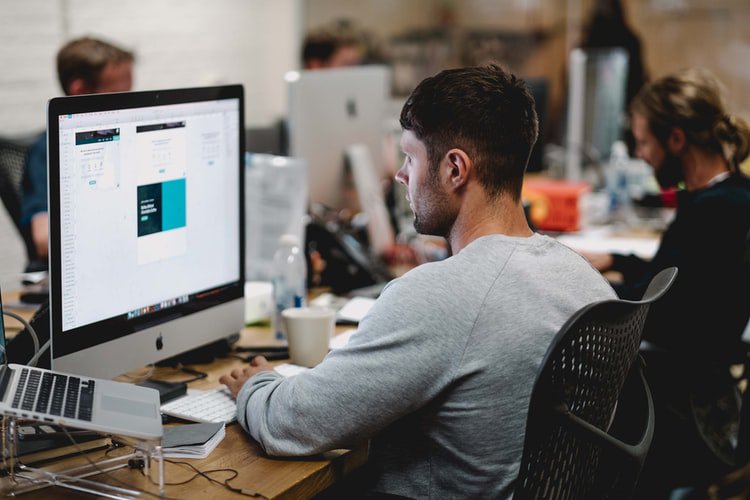
Work desks became workstations where clusters of employees would be seated, often sharing resources such as lamps and telephones. Considering that when we get back to our office, we’ll have to maintain social distancing, we might have to give up on these sorts of interactions by creating distance between our seats and desks.
